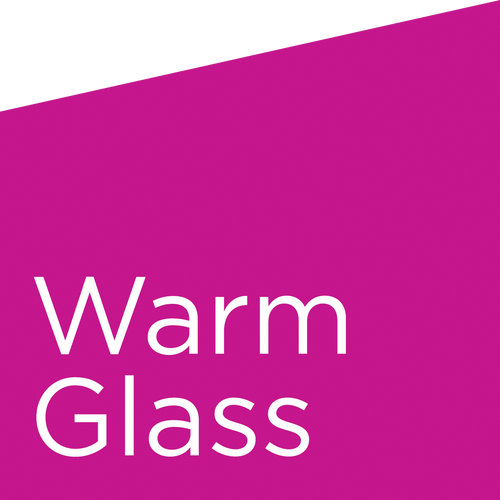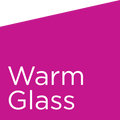Kiln Firing Schedules

Kiln Firing Schedules
Below are some standard kiln firing schedules for Bullseye Glass. The four basic programs cover a full fuse, slump, tack fuse and a fire polish. You can also download the information on this page as a PDF suitable for printing.
Kiln schedules can look confusing at first but each segment has a specific role. A typical four segment schedule includes:
- Initial heat phase. A controlled heating of the glass to the first hold temperature, which helps squeeze out unwanted bubbles.
- Heat to process temperature. Where the glass melts. This temperature differs depending on the desired effect, e.g. if you want to tack the glass together or slump the piece in a mould then the temperature will be lower than if you want to melt the glass fully (a full fuse).
- Cool to the annealing temperature. Annealing your glass is very important as it ensures that the piece will be structurally sound and less likely to break after firing. The thicker the glass piece, the longer the annealing time.
- Cool to room temperature. Bringing the temperature down in a controlled way ensures the piece is not subject to thermal shock.
These schedules are a useful guide and we encourage artists to experiment and adjust the firing schedule to their own needs and equipment. We have developed a kiln test kit which is designed to help you get the best from your kiln.
If you are annealing thicker or uneven pieces, this chart is helpful for calculating the best annealing time:
Fire Polish and Glass Paints Schedules:

Firing with Moulds or Dams:
If you are using moulds, we strongly recommend using the schedule published on the product page for the particular mould you are using. When using small casting moulds, you may also find this tipsheet useful:
If you have a plug-in kiln such as a Firebox 14, Hotstart Pro or Hobbyfuser, then you may find this tipsheet useful, on slumping with a high sided mould in these kilns:
Bullseye have also produced a tipsheet on using basic slumping moulds:
Video: Firing Schedules Explained
Take a look at our video explaining firing schedules and what happens to the glass while it is in the kiln:
This video has tips on avoiding or using bubbles in your work during firing:


